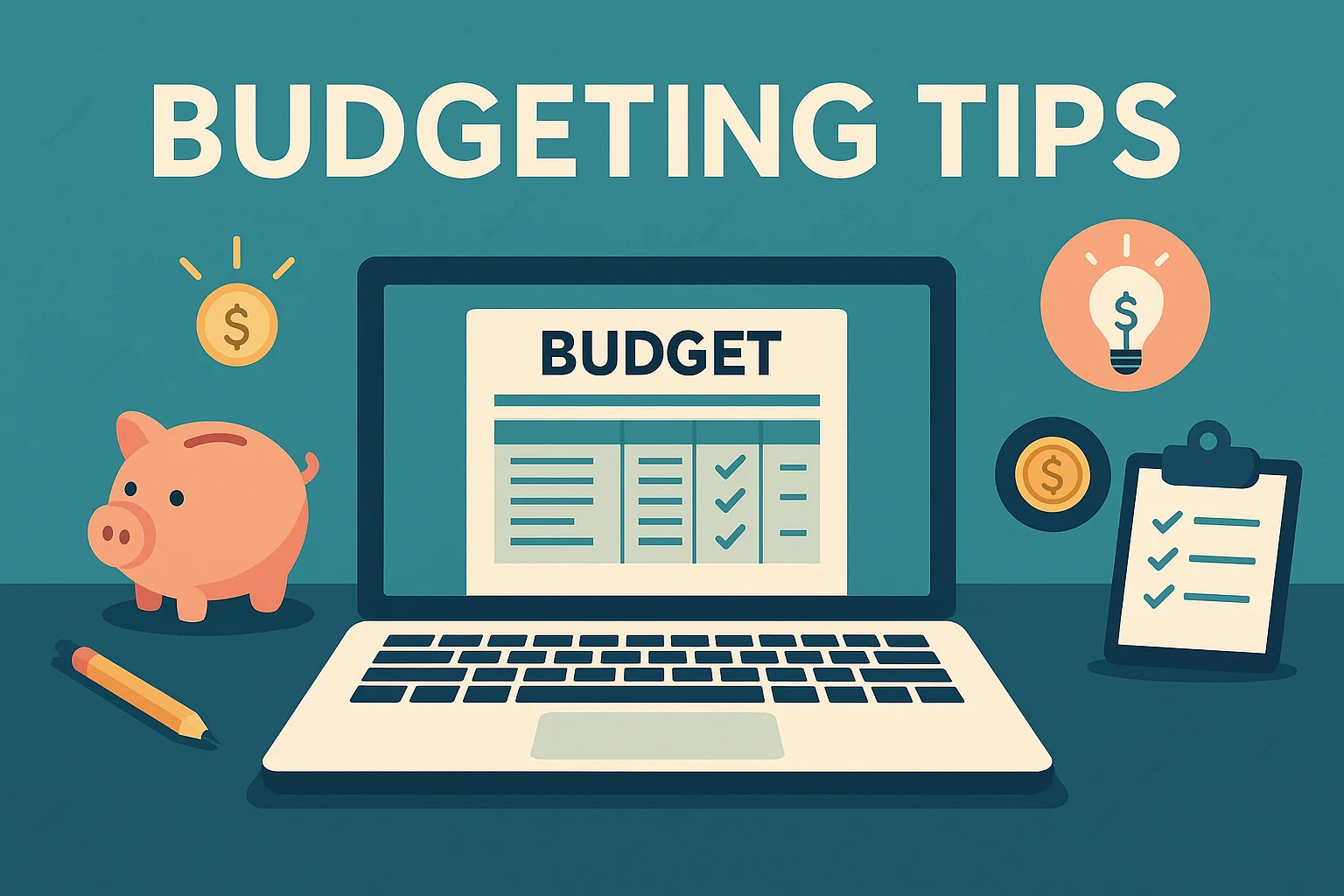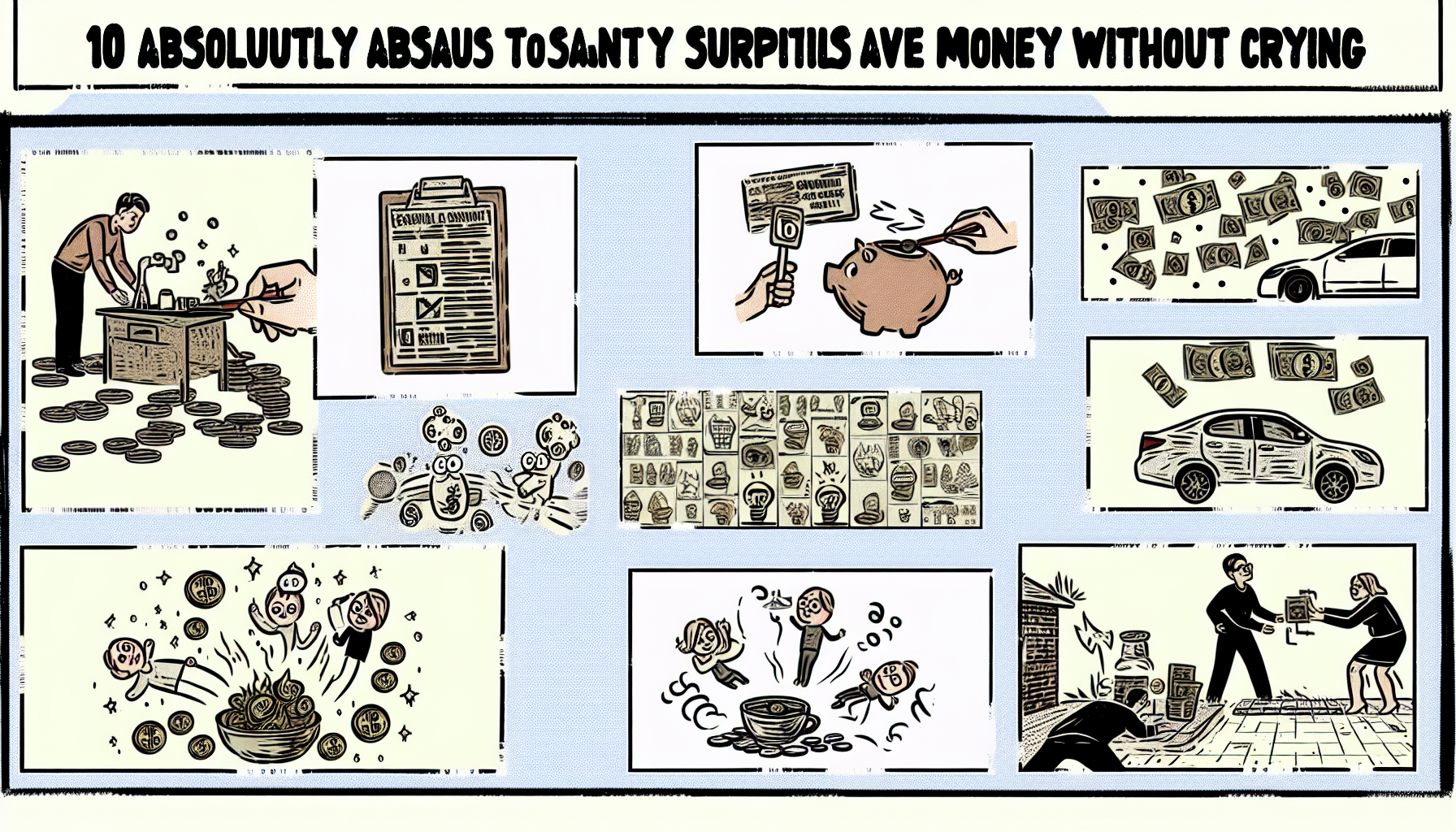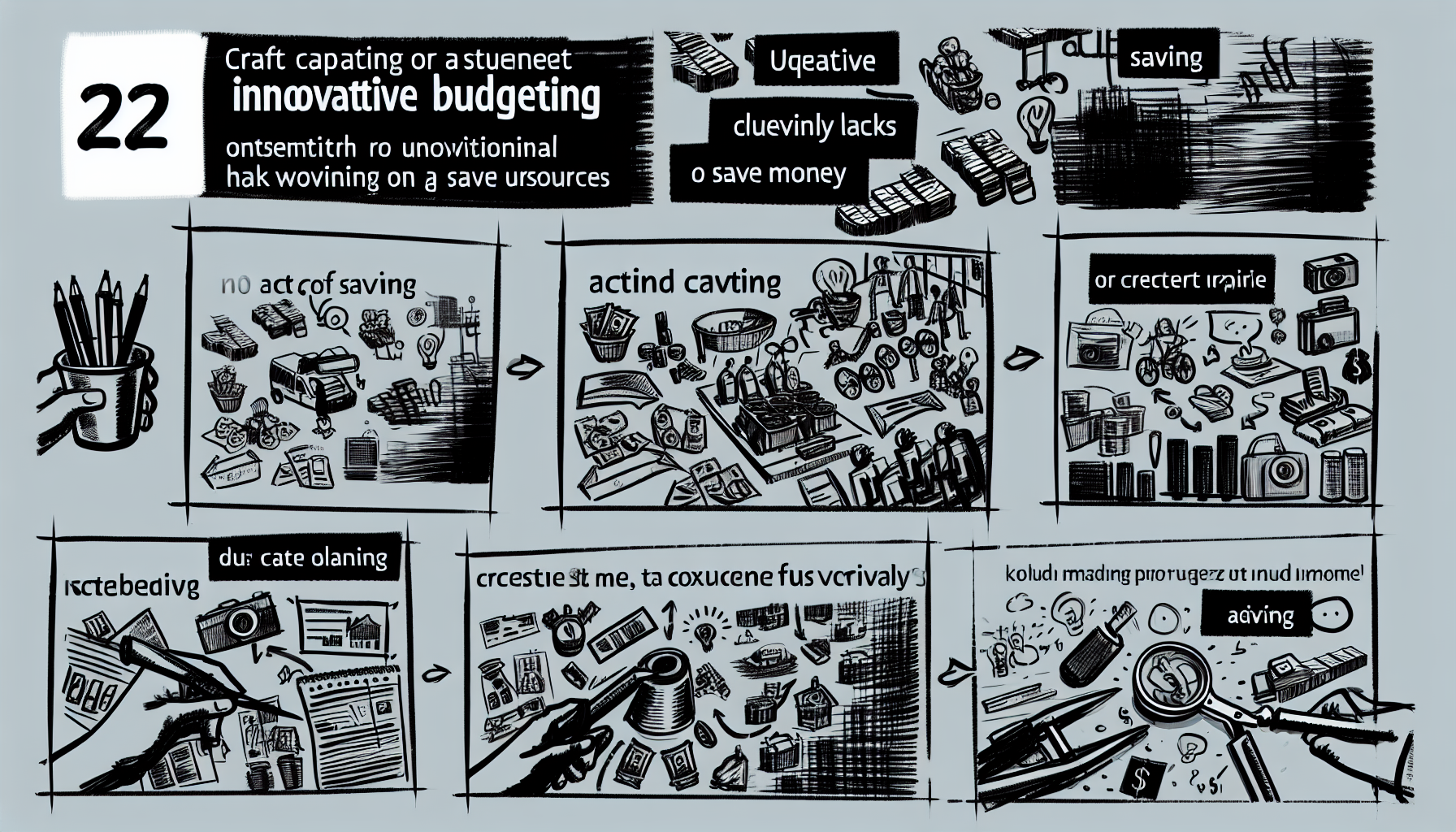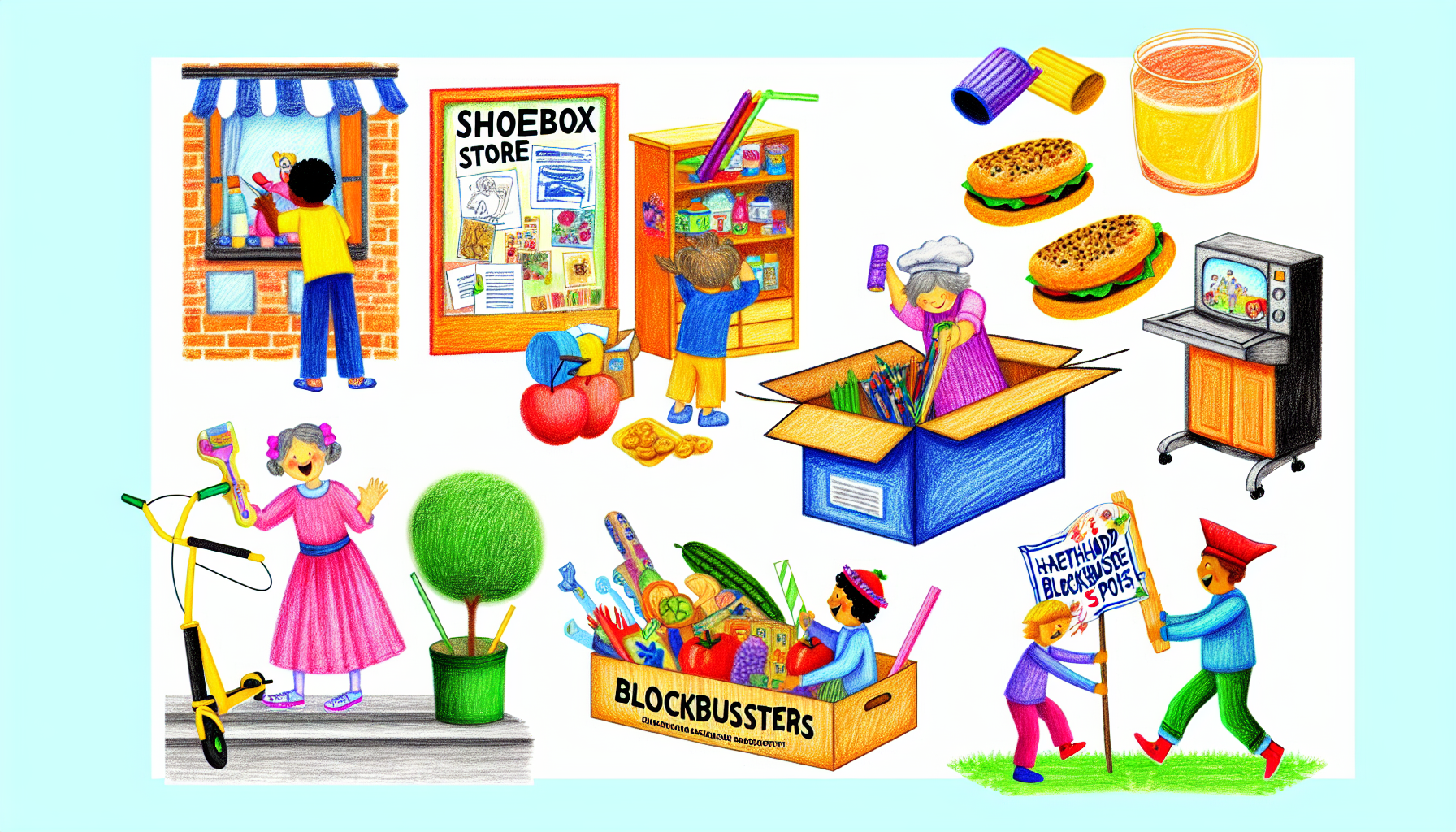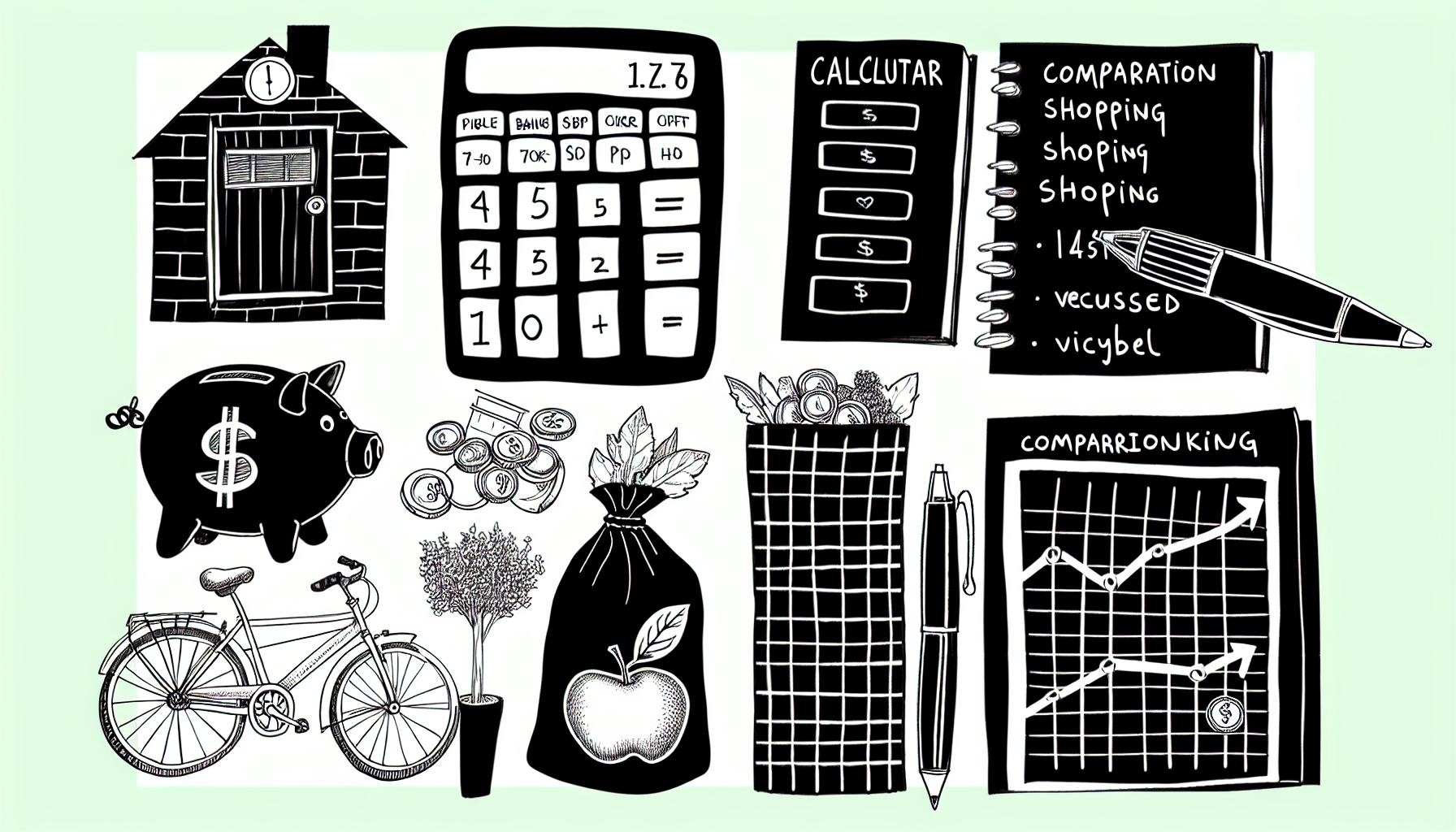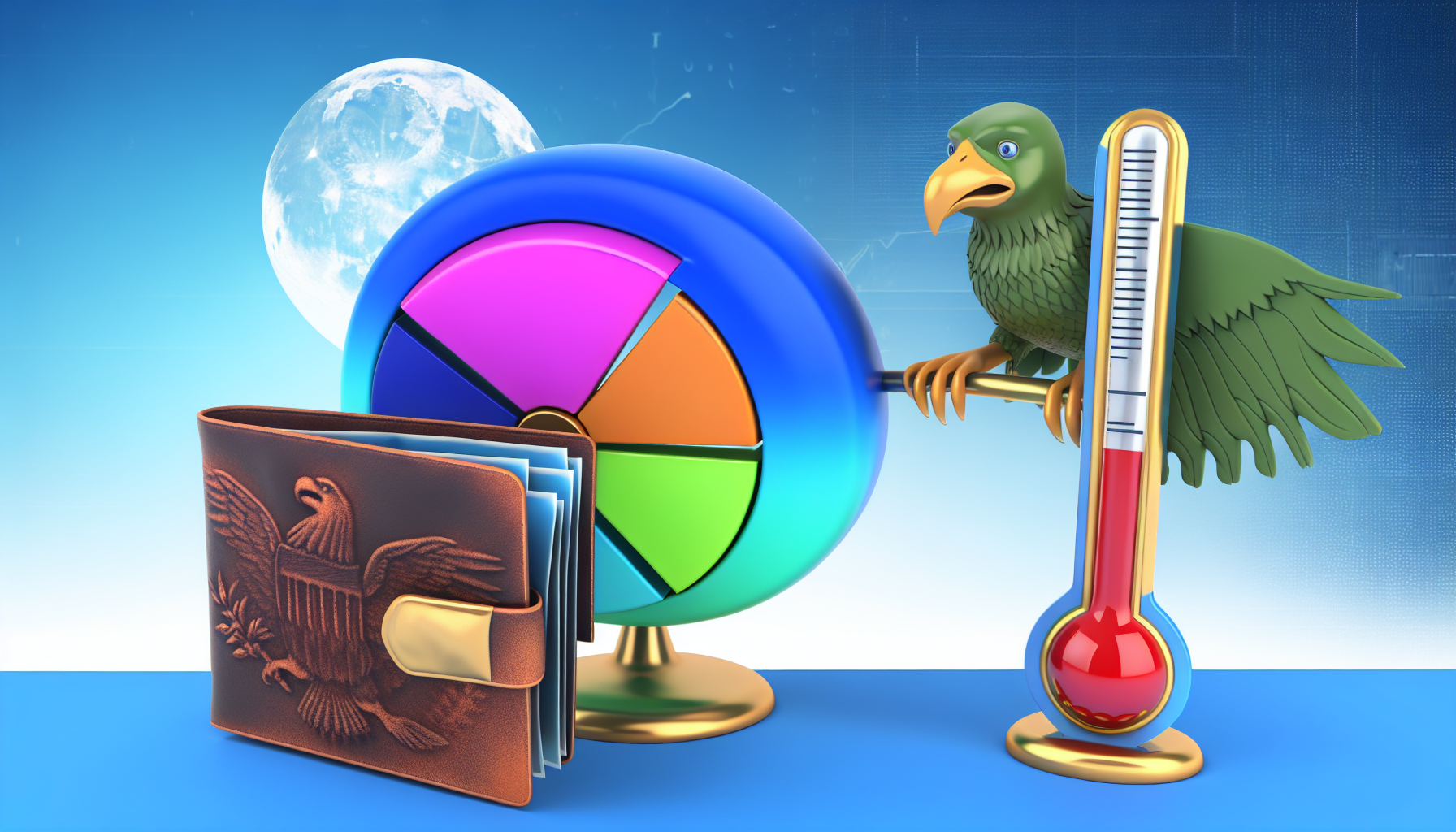At BrilliantBudget.com, we believe that mastering your finances doesn’t require a finance degree—just a clear plan, a dash of determination, and the right tools. Follow these five steps to create a budget that works for you, whether you’re a recent grad, a busy parent, or a freelancer juggling irregular income.
1. Know Your Numbers
Before you can take control, you need a snapshot of where you stand. Spend one week tracking every dollar in and every dollar out—morning coffee, monthly rent, surprise gas fill-ups. Use our free downloadable expense tracker or any simple spreadsheet. At week’s end, categorize your spending into essentials (rent/mortgage, utilities, groceries) and extras (dining out, subscriptions, impulse buys). Seeing the full picture is empowering: it reveals where you can save and where you’re already on track.
2. Set Clear Goals
Budgeting without goals is like driving without a destination. Do you want to build a $1,000 emergency fund? Pay off $5,000 in credit-card debt? Save for a dream vacation? Write down one short-term goal (within 6 months) and one long-term goal (1–3 years). Break each into monthly milestones. For example, if you aim to sock away $1,200 in a year, that’s just $100 per month. Suddenly, that daily latte becomes a choice—and you’re more motivated to skip a few and redirect the money toward what truly matters.
3. Choose Your Budgeting Method
There’s no one-size-fits-all budget. Here are three popular approaches:
- Zero-Based Budget: Assign every dollar a job. Income minus expenses equals zero. This method forces you to plan for every cent.
- 50/30/20 Rule: Allocate 50% of income to needs, 30% to wants, and 20% to savings/debt repayment. It’s simple and flexible.
- Envelope System: Use cash in labeled envelopes (Groceries, Utilities, Fun Money). When an envelope is empty, spending stops in that category.
Try one for a month, then tweak. Use our interactive “What-If” calculator to compare which approach suits your lifestyle best.
4. Automate Everything
Out of sight, out of mind—so automate your savings and bills. Schedule automatic transfers on payday:
- $100 to your emergency-fund savings account
- $50 to your debt-snowball payment plan
- Recurring payments for utilities, rent/mortgage, and insurance
Automation turns saving into a habit and prevents late fees. For extra credit, set up low-balance alerts on your checking account so you never overdraft.
5. Review & Adjust Monthly
A budget isn’t a “set it and forget it” tool. At month’s end, revisit your spending: Did you overspend on dining out? Underestimate utility bills? Adjust your categories and targets for the next month. Celebrate small wins—if you spent $25 less on groceries, treat yourself to a small reward (within your “Fun” envelope, of course).
Budgeting is a skill you build over time. At BrilliantBudget.com, we’re here to guide you with easy-to-use tools, real-world examples, and a supportive community. Bookmark our site, subscribe to our weekly tips, and remember: every dollar you track, every goal you set, and every automation you enable brings you one step closer to financial freedom. Let’s build your brilliant budget—together!

